Recently I have been able to work with the other divisions in HAFE for training and educational purposes. I spent three days at a seasonal orientation with most of the new interns who have come to park this summer. This training was centered around Interpretation and the skills a ranger would need for delivering information to park visitors. We discussed the proper way to interpret historical events of the park, while involving relevant and intangible meanings to the facts in order to connect the visitor to the park and promote stewardship. We went over universal concepts, interpretative opportunities, the three different parts of communication, the process model for a well thought out interpretative talk, informal visitor contacts, the “Visitors’ Bill of Rights,” and of course the many layers of history behind HAFE. This training was very helpful for me because, although I will not be giving my own interpretative talks, I will constantly have contacts with visitors throughout the duration of the day. Knowing the proper way to give educational information to them while trying to promote stewardship is a skill that any US Park Ranger should have. Each day of the orientation, we took a tour of our park, learning about the history of different areas available to visitors. During one of our lunch breaks, we made pizza the old-fashioned way in a brick oven with the Living History division.
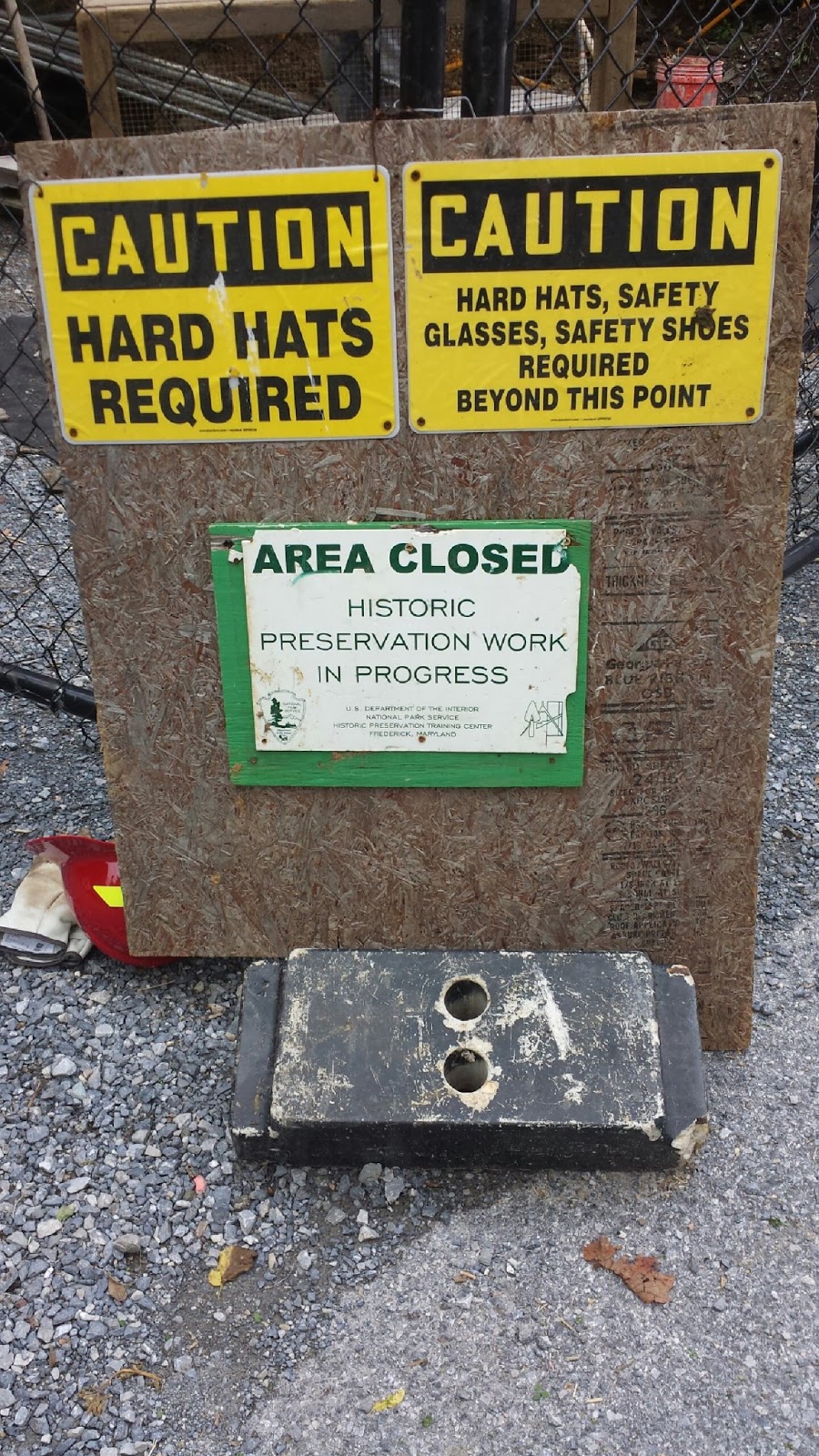 I also worked with workers from HPTC, the Historic Preservation Training Center. HPTC is a part of the NPS that has trained professionals who expert in maintenance and construction of historic sites in order to keep everything historically accurate. They are currently working on the investigation stage before stabilizing an alcove on HAFE property that lies adjacent to one of our parking lots. They had to dig underneath the stone walls to figure out if the foundation was live rock, which is bed rock, or if it was just built on top of the soil. Every time soil was dug out of the ground, it had to be carefully sifted through in order to find any possible artifacts. Every thing is important in telling the history of the land, so once something was found that was not rock or plant material, it was carefully put into a bag to be given to the park archaeologists.
I also worked with workers from HPTC, the Historic Preservation Training Center. HPTC is a part of the NPS that has trained professionals who expert in maintenance and construction of historic sites in order to keep everything historically accurate. They are currently working on the investigation stage before stabilizing an alcove on HAFE property that lies adjacent to one of our parking lots. They had to dig underneath the stone walls to figure out if the foundation was live rock, which is bed rock, or if it was just built on top of the soil. Every time soil was dug out of the ground, it had to be carefully sifted through in order to find any possible artifacts. Every thing is important in telling the history of the land, so once something was found that was not rock or plant material, it was carefully put into a bag to be given to the park archaeologists.I have been fortunate to participate in many different training exercises. I went to a First Aid, CPR, AED training hosted by Jefferson Medical Center and became certified for two years. I also went to a fire extinguisher training course ran by Citizens Fire Co. out of Charles Town, West Virginia. This was very informative for me because although fire extinguishers may seem simple to some people, I have actually never had to use one before or even practiced with one. I also had field training for wildland fires at Catoctin Mountain Park. We went over the different tools used and created practice fire lines. We also went over the different hose set ups on the fire engine they have at the park. At HAFE, I continued my fire training with my supervisor who is the Fire Management Officer, FMO, here in the park. He taught me how to properly use a fire shelter and administered my pack test. The pack test was set up on the part of the C&O Canal that runs adjacent to HAFE. I was educated on and given all of the fire gear that I will need if we are able to go out on a fire at the end of July.
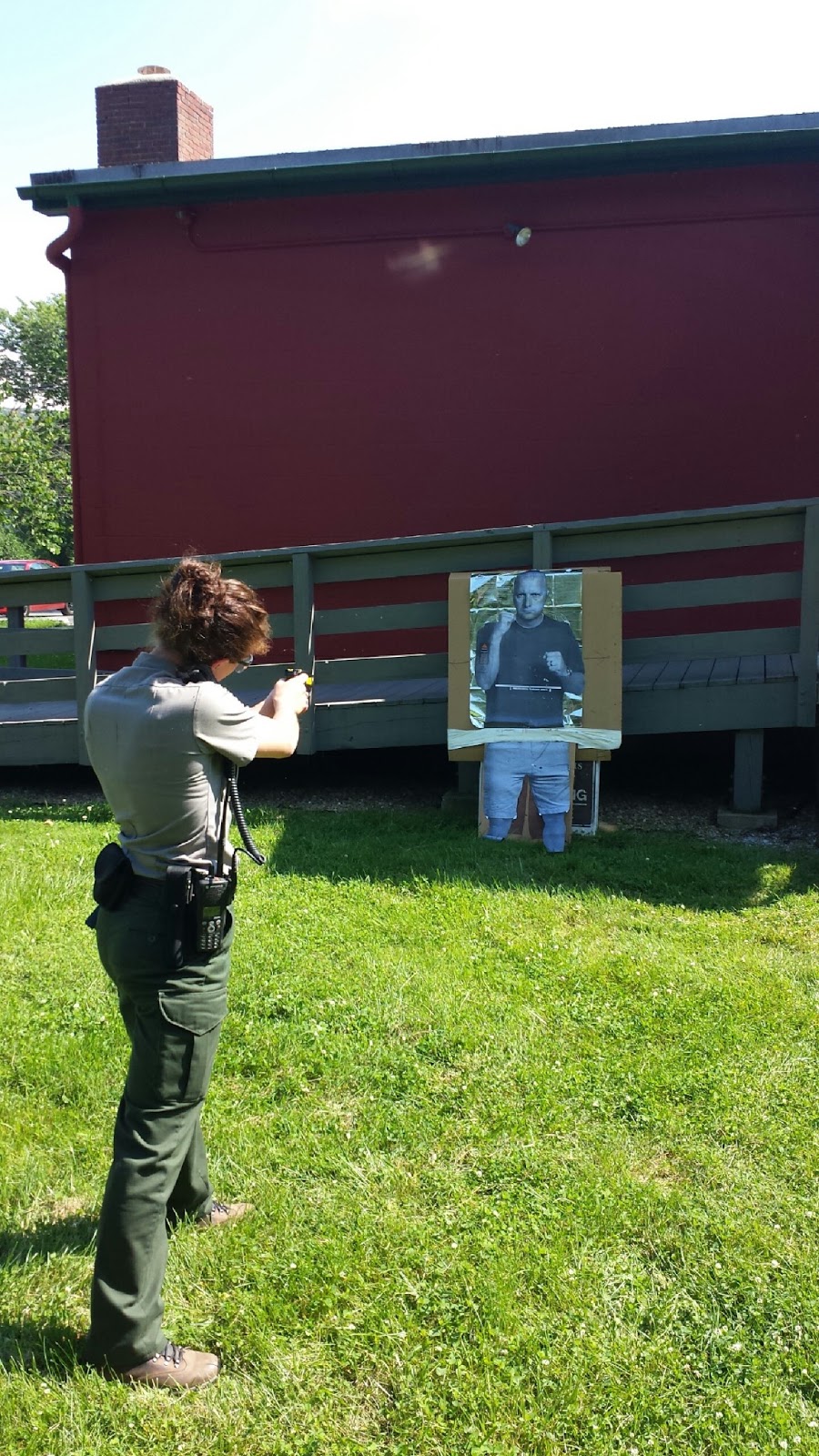 My supervisor introduced me to a very useful tool called the “Big Easy.” This tool is used to open up cars that people have locked themselves out of. The tool set consists of a small wedge to pry open the door, an inflatable pouch with a hand pump to create spacing between the door and the body of the vehicle, and a long metal rod to slip through the space and hit the unlock button on the car door. He showed me the proper way to use it on one of our own government cars, and then he allowed me to practice using it. He instructed me to ask the driver to show their proper identification and registration to ensure that it is the correct owner and that the car has not been stolen. Also, one of the LE Rangers who is also the taser coordinator, trained me on the taser. I learned how it works, how it affects the body’s nervous system, and how to properly fire one. The rangers here use the X26 model. I practiced discharging the X26 on a cardboard dummy at the ideal target zones on the suspect’s body.
My supervisor introduced me to a very useful tool called the “Big Easy.” This tool is used to open up cars that people have locked themselves out of. The tool set consists of a small wedge to pry open the door, an inflatable pouch with a hand pump to create spacing between the door and the body of the vehicle, and a long metal rod to slip through the space and hit the unlock button on the car door. He showed me the proper way to use it on one of our own government cars, and then he allowed me to practice using it. He instructed me to ask the driver to show their proper identification and registration to ensure that it is the correct owner and that the car has not been stolen. Also, one of the LE Rangers who is also the taser coordinator, trained me on the taser. I learned how it works, how it affects the body’s nervous system, and how to properly fire one. The rangers here use the X26 model. I practiced discharging the X26 on a cardboard dummy at the ideal target zones on the suspect’s body. 

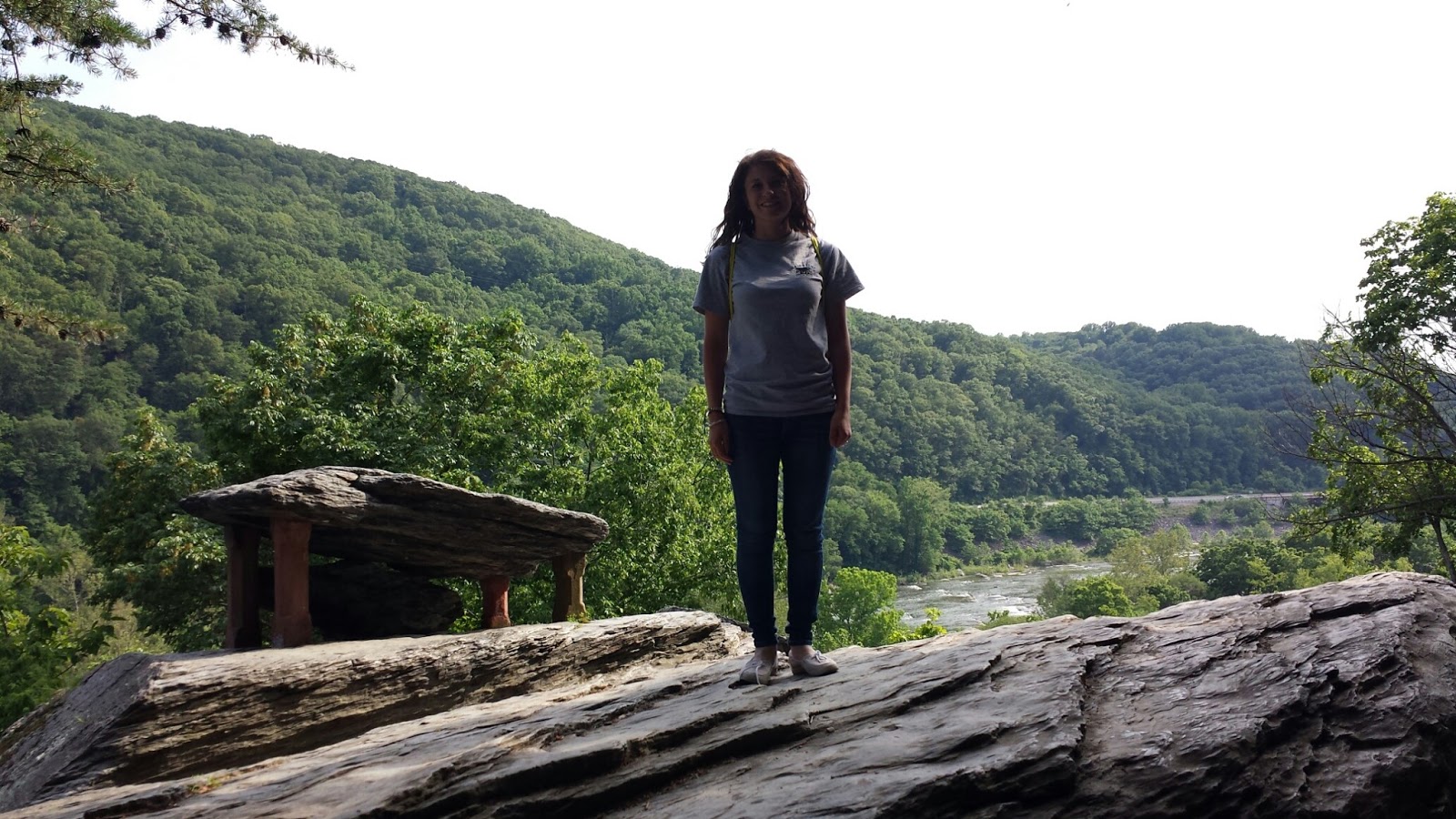

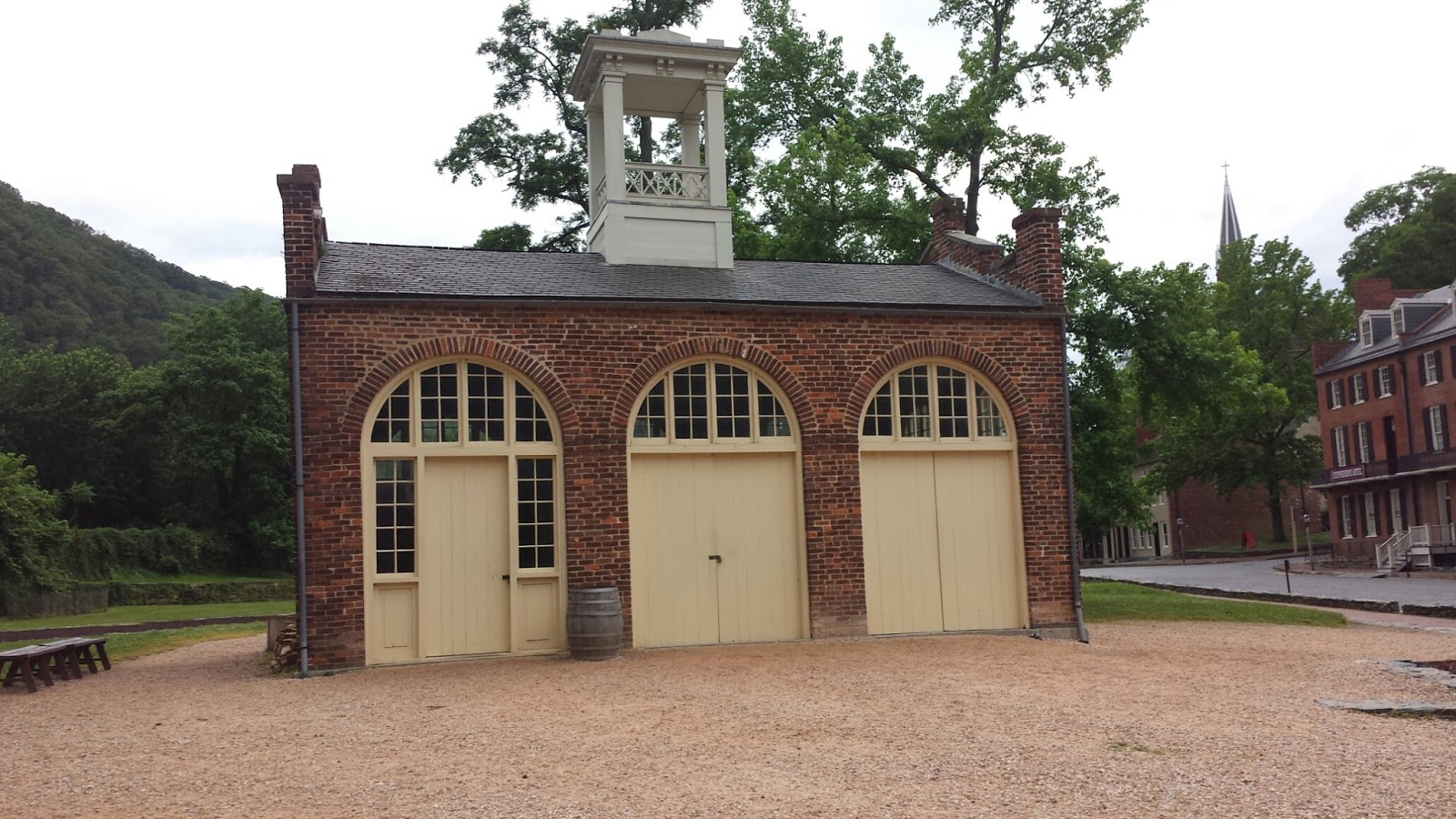





Jenn
It is nice to see you working with other divisions helping you become a well rounded ranger. The LE training that you are getting is incredible. Next time I lock myself out my car, I know who to call lol.
Best
Daviryne Hall